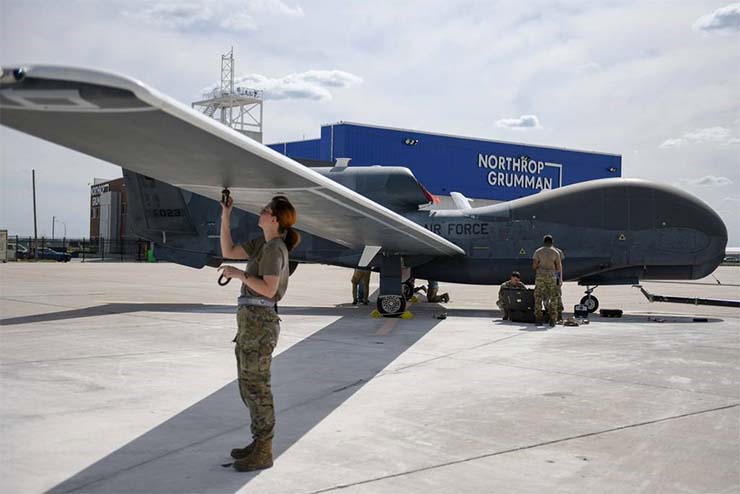
Washington: The Pentagon’s Test Resource Management Centre last spring got requests from two program offices to provide support for upcoming hypersonic flight tests — one over the Atlantic Ocean and one over the Pacific. The flights would be 10 days apart.
In the past, the testing community wouldn’t have been able meet that demand, according to George Rumford, TRMC’s director. It would take weeks — and sometimes months — to reposition the ships the Pentagon has traditionally relied on to track hypersonic test vehicles in flight and ensure the programs had the proper instrumentation in place.
“One of those programs would have been told that they need to sit on their hands for weeks, if not months, waiting for us to arrange the infrastructure to support their test,” Rumford had said in an interview.
But this time, Rumford’s team had a new capability available — a fleet of three uncrewed Range Hawk aircraft equipped with sensors and instrumentation to support hypersonic flight tests from the air. The drones, part of a program called SkyRange, provide the Pentagon with a flexible, airborne testing infrastructure.
Rumford and his office declined to name the systems that were tested, but said that because of SkyRange, which became operational last year, TRMC was able to support the quick turnaround that the programs needed.
“With SkyRange, our nation was able to do a hypersonic test in the Atlantic and in a matter of days do a hypersonic test in the Pacific,” he said. “That is a significant accomplishment.”
The US military is investing in hypersonic research and development efforts aimed at fielding weapons and aircraft that can travel and manoeuvre at speeds above Mach 5. Access to flight test support and ground test infrastructure has been a significant limiting factor in that development, and the Pentagon has been working in recent years to change that.
Rumford said TRMC is prioritizing efforts like SkyRange that bring the speed and flexibility to hopefully help the department achieve that goal over time.
The aircraft that make up the SkyRange fleet are called Range Hawks — decommissioned RQ-4 Global Hawks, once used by the Air Force for intelligence, surveillance and reconnaissance missions. The first three of these aircraft are older, Block 10 models that have been converted to track overhead systems.
In fiscal 2023, SkyRange supported 10 hypersonic flight tests, and Rumford expects that to grow to more than 15 in FY24. The SkyRange fleet is also poised to grow in the coming years as TRMC and Northrop Grumman, which built the Global Hawk, convert retired Block 20 and 30 Global Hawk models into the Range Hawk configuration. Those conversions will begin this year and by FY25, SkyRange should have additional Range Hawks in its fleet to support hypersonic testing, Rumford said.
The Pentagon is investing in other efforts beyond SkyRange to boost hypersonic flight and ground testing. Through the Multi-Service Advanced Capability Hypersonics Test Bed program, or MACH-TB, TRMC and the Navy are working with industry to create a flying testbed that can validate subsystems, advanced materials and other technologies as a system is being developed.















